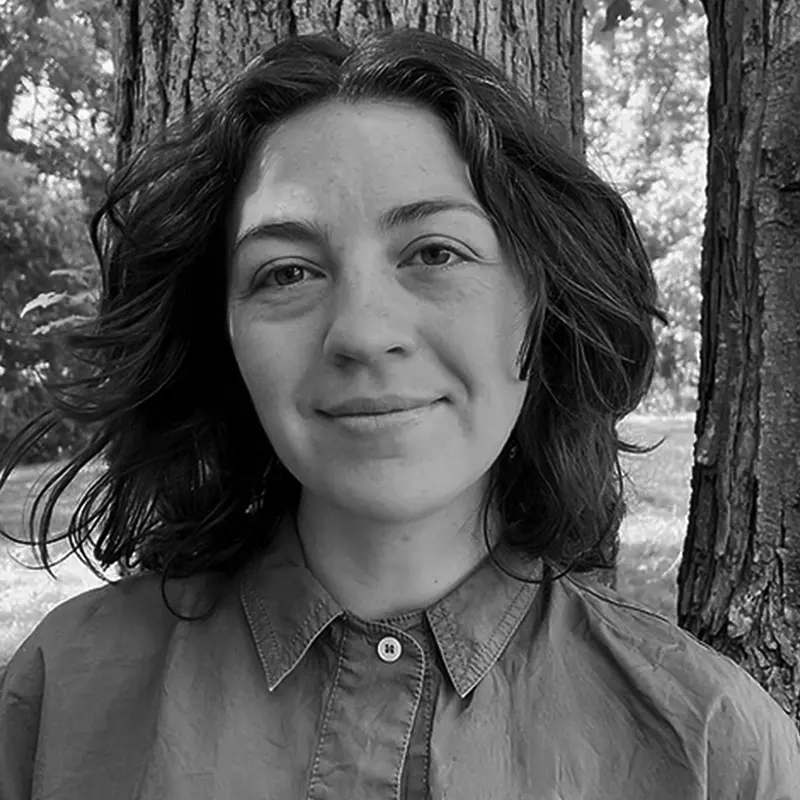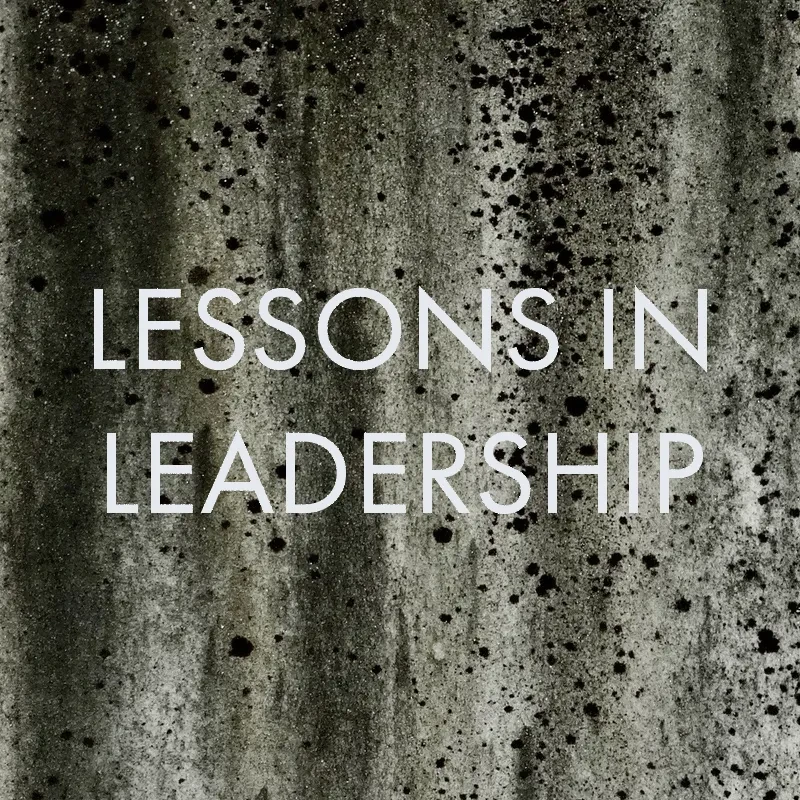
Convergence: Buildings, Biology and Symbiosis
DeeDee Birch
Sustainable Design Consultant and Writer
August 21, 2024
DeeDee Birch looks at language, metaphor and integration.
Language and Metaphor
Language determines the boundaries of the built environment. As a core component of human cognition, words shape the aspirations, intentions, forms and functions of our many designed environments. Language is so fundamental to the human condition that cognitive psychologist and psycholinguist Steven Pinker describes language simply as what “emerges from human minds interacting with one another.”1
Pinker explains that people use language through a process of abstraction. We learn and evolve language by hearing a word, understanding it and applying it to new contexts. Language stands as a fundamental and collaborative component of our enmeshed cognition. This process of abstraction extends to the built environment. Design scholar Sarah Williams Goldhagen points out that we navigate the built environment through the use of schemas and metaphors, which she defines as “a dynamic whereby we transport any kind of content or meaning—visual, auditory, linguistic, proprioceptive, interoceptive, or any combination thereof—from one place or thing to another.”2
Metaphor and abstraction, the ways in which humans use language to evolve and share ideas, then, dictate both the relationships between people and the built environment and the interrelationships between elements within a built environment.
If language determines the standards for aspirational and acceptable architecture, then nothing communicates our shared value systems, societal structures and cultures more than architecture. In other words, the built environment reflects the people who design and construct it. Their language, values, knowledge and social and cultural norms sculpt the forms and functions of our buildings in multitudes of tangible ways. To borrow Steven Pinker’s words, language “is not so much a creator or shaper of human nature so much as a window onto human nature.”3
And it is language that signifies the increasing convergence of buildings and biology.
Biology and the Built Environment
The words that define the sustainable design movement have radically shifted in the last few decades. In a post-industrialized society, the term “green” has long served as a catchall phrase that encompassed all efforts to mitigate the impact of the built environment on the climate, most of which focused on increasing building efficiency. “Green” remains one of the simplest and vaguest ways to refer to the natural world. Long associated with growth, the term often functions as a metaphor for all living things and characterizes many contemporary human-nature interactions.
Green is the color of the houseplants in our windows, the grass in our parks and suburbs and the forests from which we extract so many of our resources. Yet “green” is also wildly nondescript. Green could be anywhere, in any context. The scope and scale of solutions that fell under the umbrella of green architecture and design were similarly nonspecific and limited in impact. Since then, the language we leverage to describe and design climate-centered and human-centered buildings has exploded. Evolving language means evolving ideas, which has driven innovative research and technology.
More recently, a host of words and phrases, all rooted in biology, frame the practice of sustainable design. This permutation in language underscores our changing values and highlights an increasingly deep convergence of the built environment with the biological world. This coalescence has transformed our buildings and cities and reshaped the design process — and it has only just begun.
The terms biophilic design and biomimicry, for example, achieve a specificity that leads to rich cross-pollination between nature and the built environment. Biophilic design involves the act of borrowing nature’s shapes and materials. It originates in the biophilia hypothesis, which translates to “love of life.” Similarly, biomimicry involves the act of borrowing nature’s functions and replicating how organisms survive in certain climates and contexts. The concept has generated the integration of hygromorphic materials in architecture. Both biophilic design and biomimicry code the design process in scientific inquiry and carry associative layers of meaning that expand the possibilities and scope of architectural solutions.
Christopher Alexander’s “A Pattern Language,” a touchstone work in the fields of architecture and urban planning, pioneered the transfer of biological words and concepts to the built environment. For example, he refers to the “eccentric nucleus” when instructing readers on how to optimize the density of cities. In biology, the nucleus is a circular form within a cell’s structure that contains DNA, regulates cell functions (like growth and metabolism) and is surrounded by a membrane. To use the word nucleus, with all its biological meanings and associations, is to suggest a great deal about how our cities should operate.
As new words become part of design vernacular, we are simultaneously witnessing the communal shedding of language that no longer serves us or the places we construct. Le Corbusier once famously claimed that “a house is a machine for living in.” The phrase reflects the values of his social and cultural context in days of early modernism and industrialism. Then, the design process and the built environment — from the individual building scale to urban infrastructure — were comprised of many siloed systems. Machines connote standardization, mass production and uniformity — the antithesis of nature and its dynamic capacity for survival.
Mathematician Nikos Salingaros and urbanist Michael Mehaffy dismantle the modernist approach and advocate for creating a built environment that shares nature’s complexity, adaptive and resilient networks, and diversity in their text “Design for a Living Planet: Settlement, Science, and the Human Future.” They carry on Alexander’s work and explore how certain ideas and phrases from the biological sciences, from adaptive morphogenesis to embryogenesis, should influence the built environment.
The line between building and biology will become increasingly indistinguishable.
Life Cycles
Consider the growing awareness and use of the term “life cycle” in the building industry. We now conceive of buildings, and their many thousands of materials, as objects with “births” that begin at the moment of material extraction and “deaths” at the end of a building or product’s useful life, at which point everything can and should be reborn in another form.
The State of Housing Design 2023 report by the Joint Center for Housing Studies of Harvard University notes that “buildings evolve. A dwelling isn’t really ever completed; the end of construction is really just the building’s beginning. How well does it meet the needs of its inhabitants? What impact does it have on neighborhood character, affordability, and resiliency? Does it produce co-benefits?” Such a statement not only echoes the notion of a life cycle but also asks fundamental ecological questions about our homes. It underscores the idea that many architects and designers now approach homes as ecosystems that undergo a process of evolution: Does the home provide ongoing habitat for native organisms? Can it, as a system, withstand disruptions and adapt to changing conditions? How do its many parts interact? Can its components break down and reenter material economies, just as natural materials break down and reenter their material streams?
Living Buildings and Regenerative Design
Some of the most radical examples of successful convergence of buildings and biology are living buildings. The International Living Future Institute’s foundational language lives in natural science. The Living Building Certification is organized into petals, embracing a flower metaphor. The International Living Future Institute’s publishing branch, Ecotone Publishing, takes cues from an ecotone in nature, which is a transition area between two adjacent ecological communities.
Because of how human cognition functions and because of language’s role in our lives, the words used to convey the Living Building Challenge ideals further its mission and spur innovation. It results in buildings that have closed-loop water systems, net positive energy performances, local materials, native landscaping, strong connections with nature and unique, community-oriented solutions that serve residents. This is the crux of the regenerative design movement: to create buildings that are active participants in their ecological and social contexts.
The Living Building Challenge is one example of many that leverage language to drive the convergence of buildings and biology. Brook Muller’s book “Blue Architecture: Water, Design, and Environmental Futures” examines how buildings can fully integrate into local hydrological cycles and become ecological infrastructures that improve water quality. Bernard Alonso and Cécile Guiochon’s book “Human Permaculture: Life for Resilient Living” explores how we might organize human society to jump-start meaningful individual transformation and collective change in the face of the climate crisis.
As our language evolves and we learn how to imagine and articulate new methods of design and construction, the results of our efforts become increasingly functional components of our ecosystems. Thankfully, the line between building and biology will become increasingly indistinguishable.
Integration and Symbiosis
Buildings are no longer machines for living. Faster than we realize, they are transforming into resilient, adaptive, responsive ecosystems and habitats, and forming reciprocal relationships with organisms within and around them. As words accrue and retain additional layers of meaning, the intersections between buildings and biology will become more comprehensive and nuanced. Such an expanded vocabulary emphasizes expanded value systems and shifts social structures for the better. Built environment practitioners who can integrate these knowledge and language types will continue to foster the meaningful convergence of designed and natural worlds — and we will all reap the benefits.
Footnotes:
1 Steven Pinker, “What Our Language Habits Reveal,” filmed July 2005 at TEDGlobal, Oxford, UK,
video, 17:15, https://www.ted.com/talks/steven_pinker_what_our_language_habits_reveal/transcript.
2 Sarah Williams Goldhagen, Welcome to Your World: How the Built Environment Shapes Our Lives (New
York: HarperCollins, 2017), 75.
3 Pinker,
“What Our Language Habits Reveal.”
DeeDee Birch is a frequent contributor to DesignIntelligence on scientific and ecological matters.




